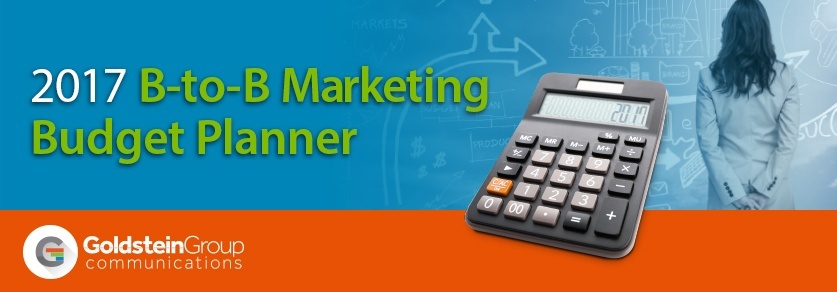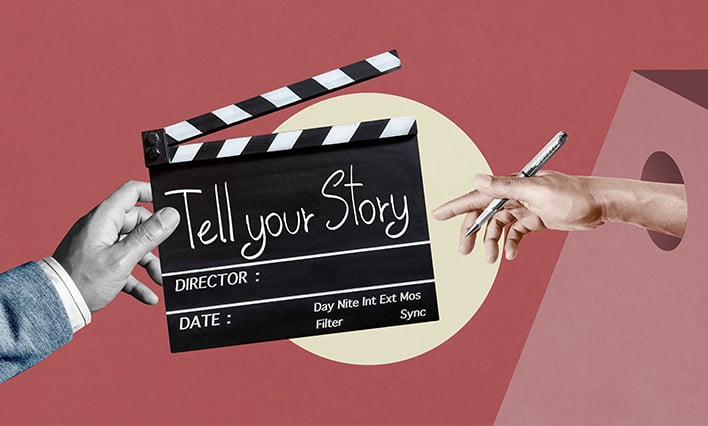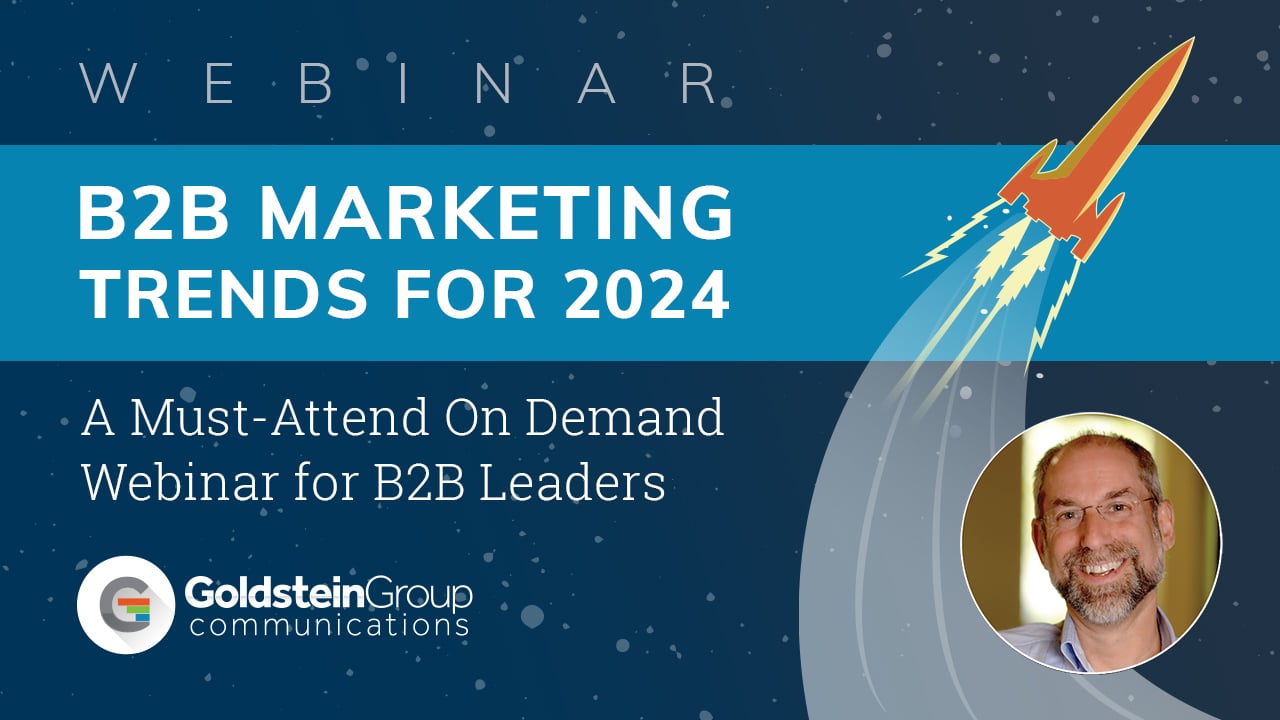50% of Your Content Should be Video
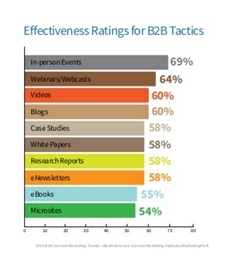
50% of Your Content Should be Video
That was a surprising comment, made by one of the speakers at HubSpot’s recent Inbound 2016 event on digital marketing. It’s one of the better conferences on all things online, all things marketing, particularly for a b-to-b marketer trying to make sense of all the ways marketing is changing. And changing rapidly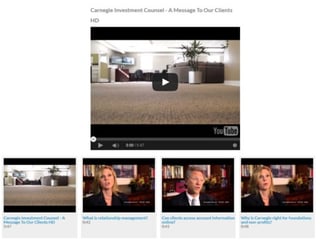 .
.
So while we’ve all realized video’s importance, that was a bit of a wake-up call when I heard that. If I look at 2017 budgets, for instance, and I pull apart the section on content, is 50% of my activities next year for a client devoted to video?
Probably not. But here’s what to do.
Perhaps it should be, and that was the point the speaker was making. Now, our agency does quite a bit of work for technical products. We specialize in Marketing to Engineers. So the assumption has always been that technical topics that require charts and graphs are far more consistent with a 2000-word white paper than a 2-3 minute video. How can we possibly explore a topic in the same level of depth, in the required depth, for an engineer to learn something meaningful in that short video, we wondered.
In fact, many of our clients feel the same way. One said to me when I shared the 50% stat, that he would be frustrated by that. “I can read something much faster than I can watch a video.” True enough.
Video makes sense even for the engineering audience.
But it’s accepted by most that you retain more of what you see, hear AND read, rather than just read (there’s some debate about the accuracy of actual percentages often cited about this, but the general principle is generally acknowledged as true). So, while my client friend may in fact be able to skim/read something faster than watching a video, he’ll likely remember more of what he sees in a video than what he just reads.
In fact, another CEO, who began his career as an engineer, told me that he much prefers video when doing homework about a topic. “I get so much more when I see how something works, rather than just reading about it.” That makes sense. You can give me the dimensions of a coffee cup and describe how fluid flows through the orifice at the top, but showing it to me actually can in many ways communicate more in less time than relying on a few hundred words of text.
Video for the Millennial Engineer
My reading-centered client and I both realized something else as we discussed the white paper vs video topic: he is old. And I think that’s the central point of truth to this video discussion. In fact, he’s not THAT old, in his mid-50s. But in terms of the Millennial b-to-b buyer, they’re far more oriented toward absorbing shorter snippets of information and doing so in video than reading a 2000-word white paper. It’s not something to argue over or fret about – it’s a simple statement of fact.
We’ve seen the popularity of video content for the past few years, as reported by a study conducted annually by MarketingProfs and the Content Marketing Institute. They report that webcasts (with its high video content) and videos are at the top of their lists of most effective b-to-b content types:

In fact, at our agency, we’re partial to webcasts and find that for our technical- and engineering-based clients, they’re tremendous tools for generating high quality leads. For one of our clients, we found that 25% of webcast registrants actually turned into an order, so they’re certainly not just students and early-stage researchers attending our webcasts.
Video of course is not a standalone tactic
That’s actually one of the struggles I personally have with video as a stand-alone strategy. How does that integrate into the overall lead gen effort? I’m not trying to make our clients feel better by boosting views of videos, in ways that don’t push people into and through the sales funnel. So, if we’re going to spend 50% of our content budgets producing video, I’d be asking for a strategy to go along with that spending that shows how we can push those views into meaningful sales funnel activity.
At the end of the day, particularly for a technical audience, there’s a place for both white papers and video. We DO have a lot of charts and graphs in the content we’re generating, and in some cases engineers NEED to read something. So including links in a three-minute video to where they can download a white paper for more details makes sense to us as a good tactic for communicating at a deeper level, and in turn generating a lead.
So the white paper’s not dead. Even the Content Marketing Institute’s survey mentioned above shows that while 60% say video is an effective tactic, the white paper is right behind at 58%. Both are important for the b-to-b marketing program.
Whether it’s video or webcast or white paper or case history, the central mantra of content remains: “help me do my job better.” If the content meets that standard, is tutorial and teaches the reader something they need to know as part of their jobs, then we’ll win the day. And win the customer.
Wondering just how to allocate dollars for your entire b-to-b 2017 program? Download our latest Marketing Budget eBook provides some useful benchmarks and stats to see how others do it.


